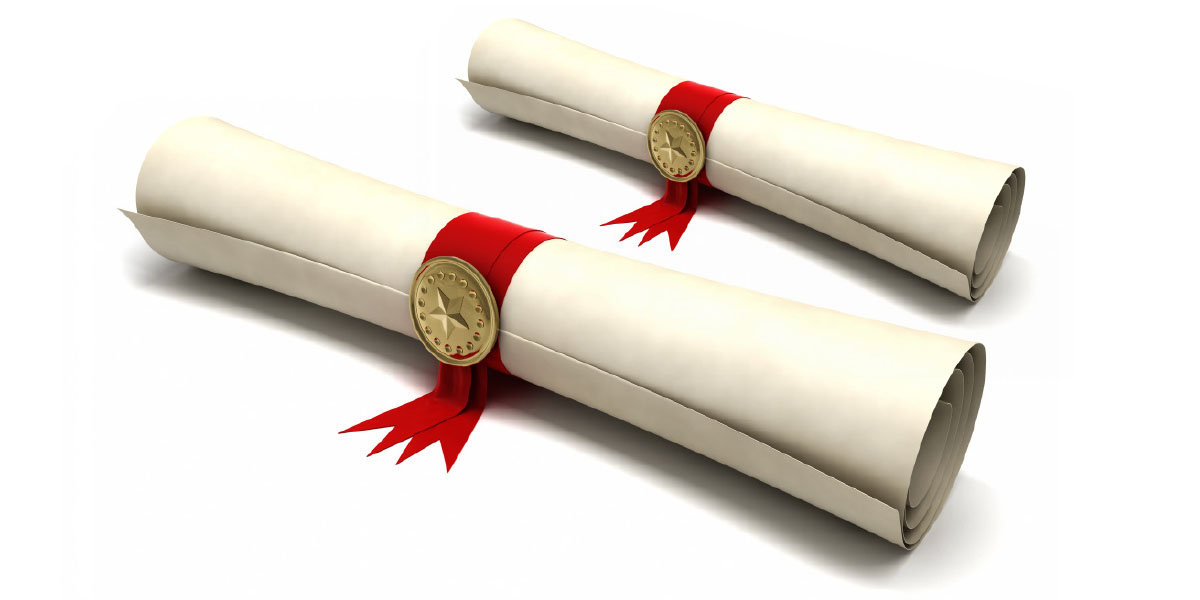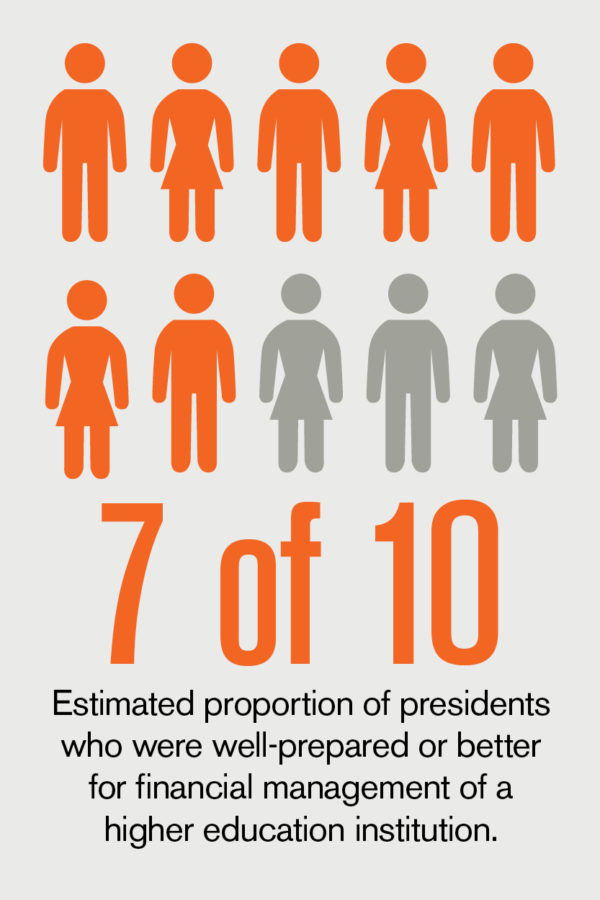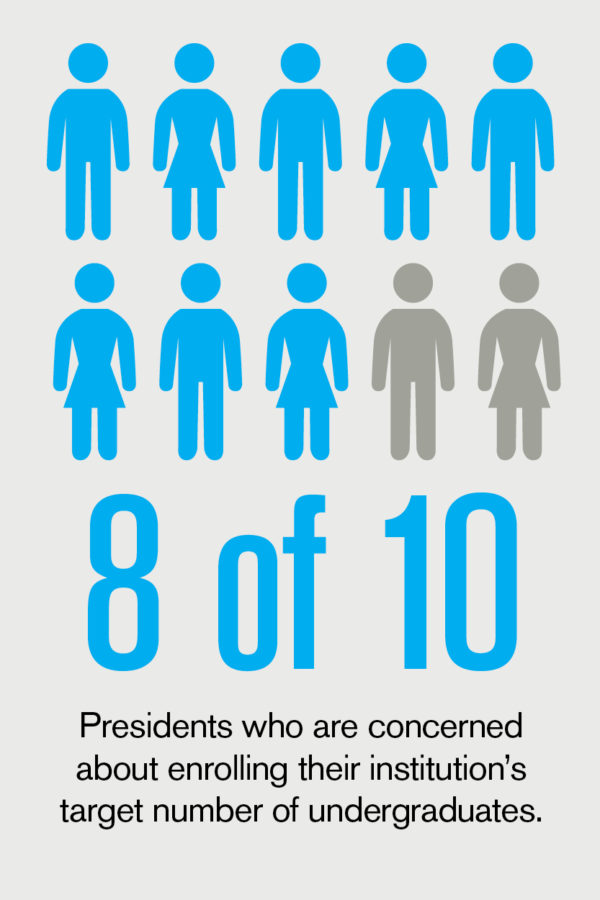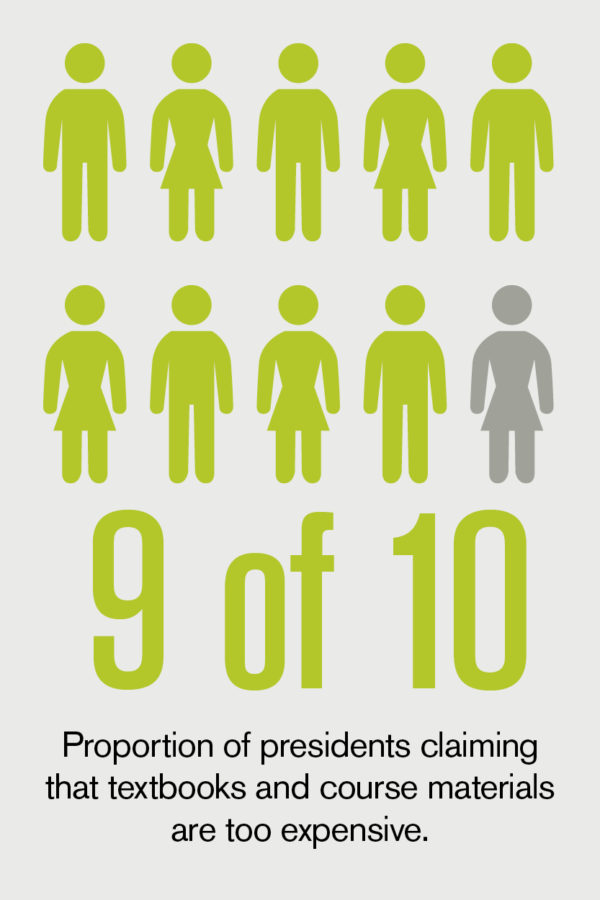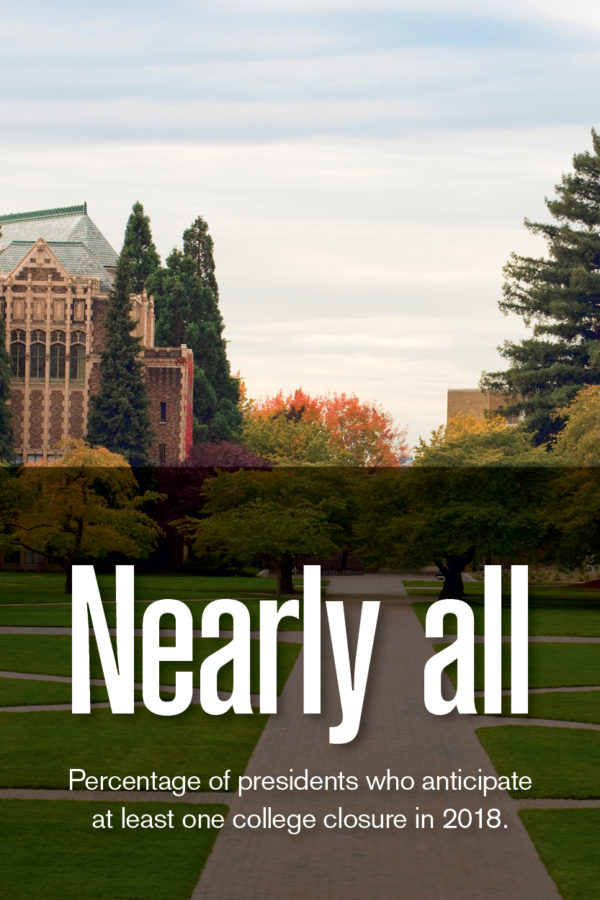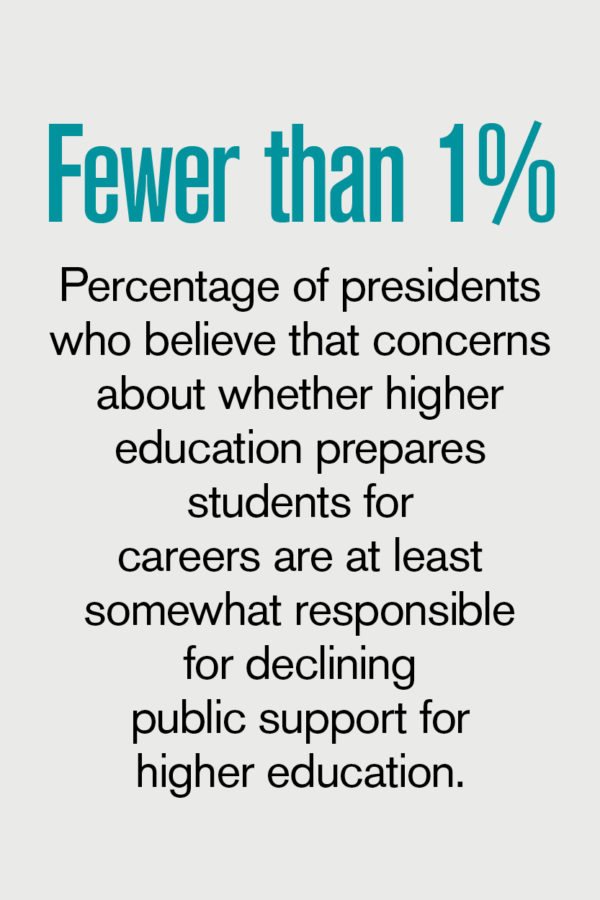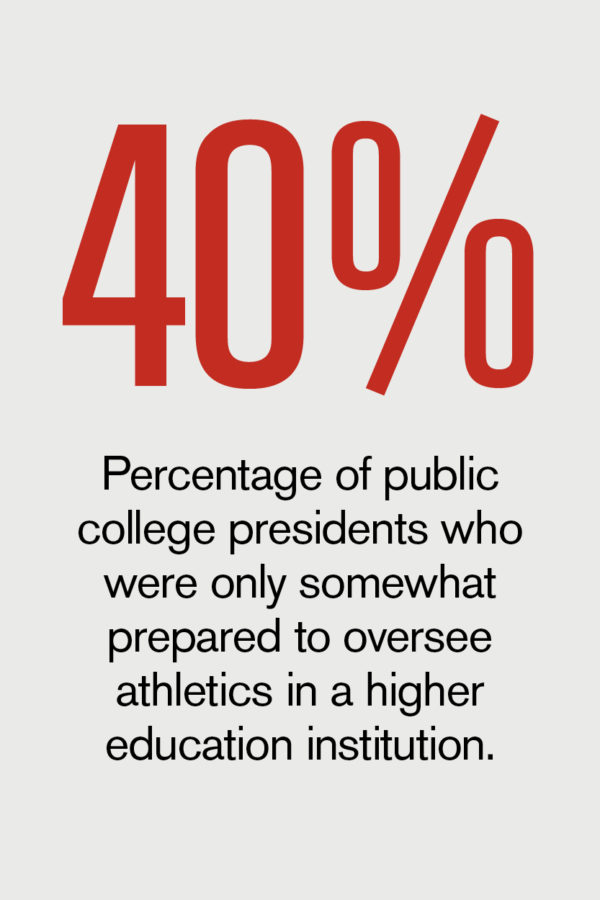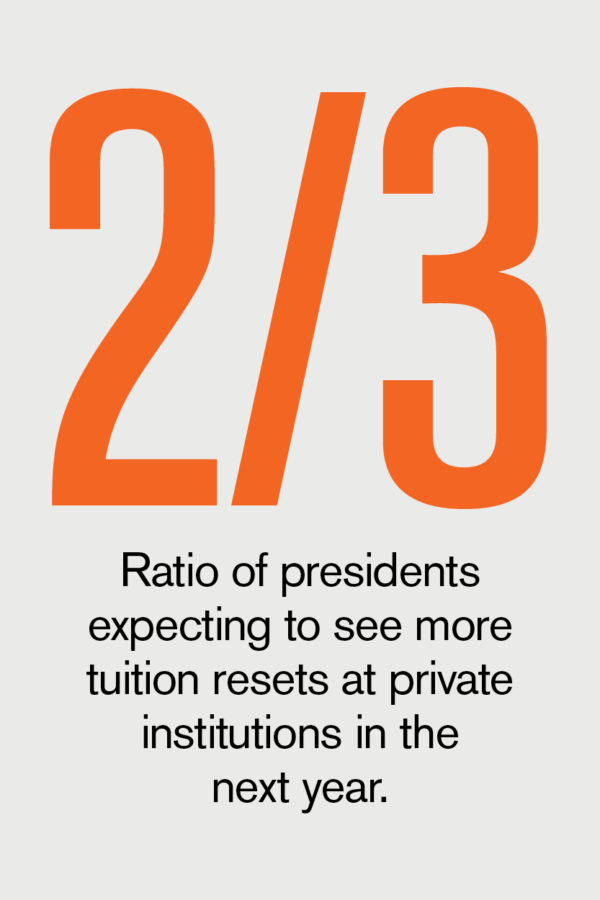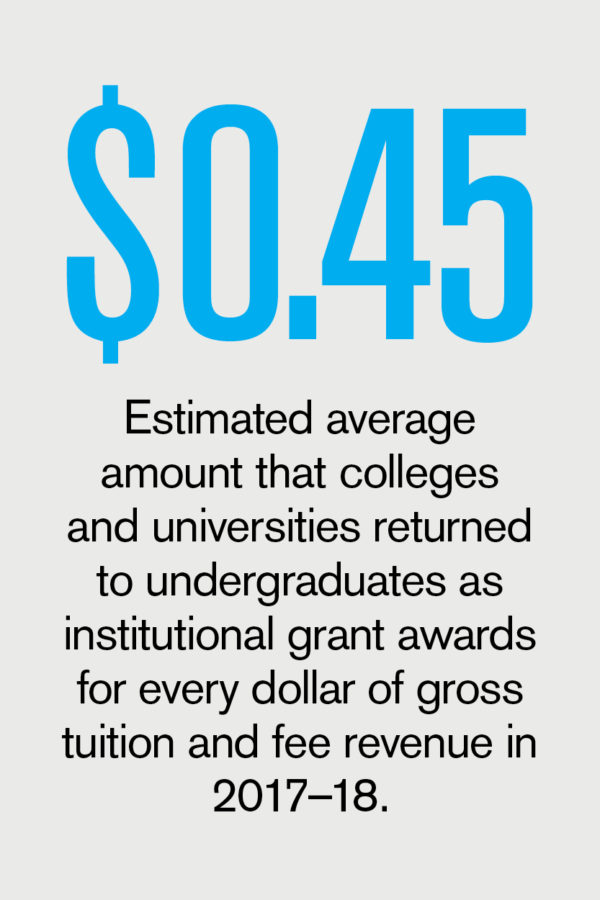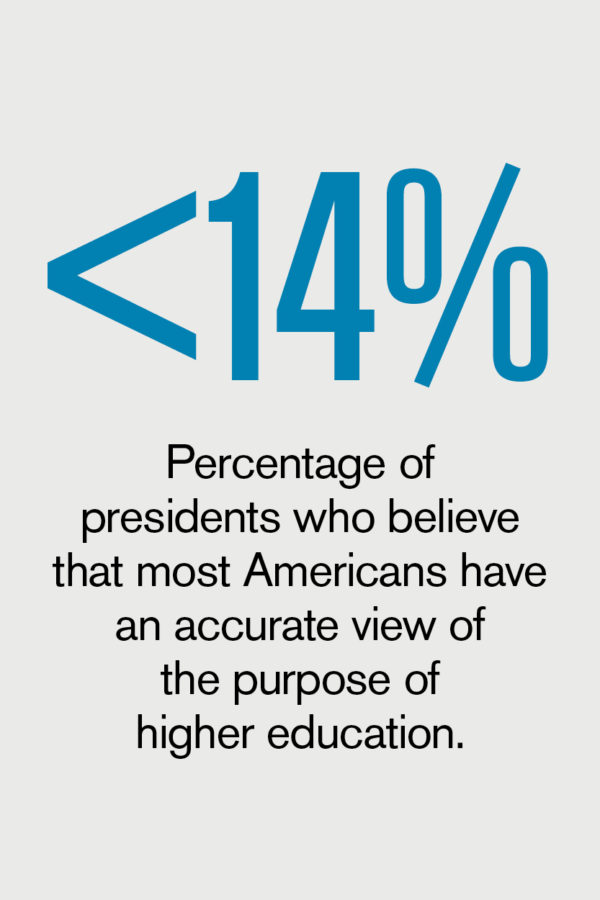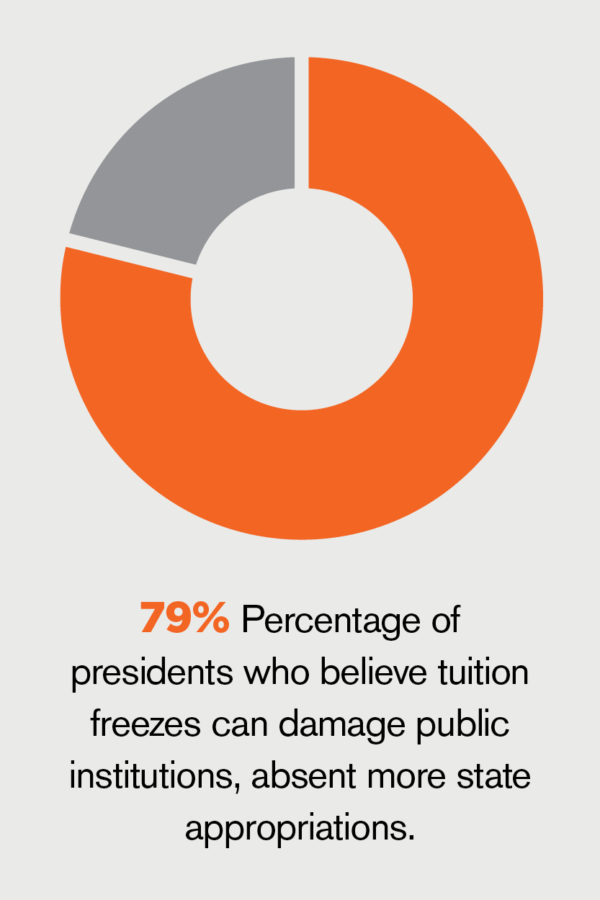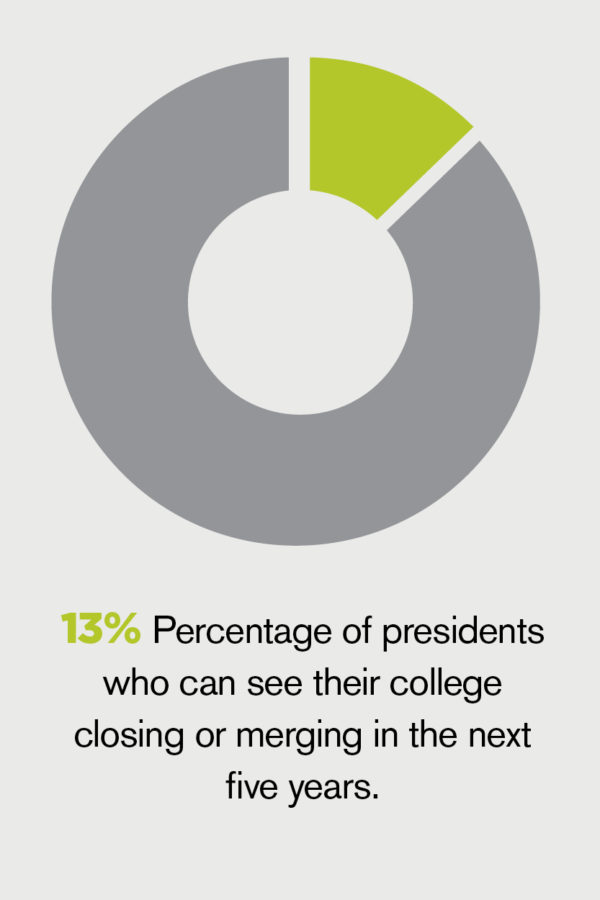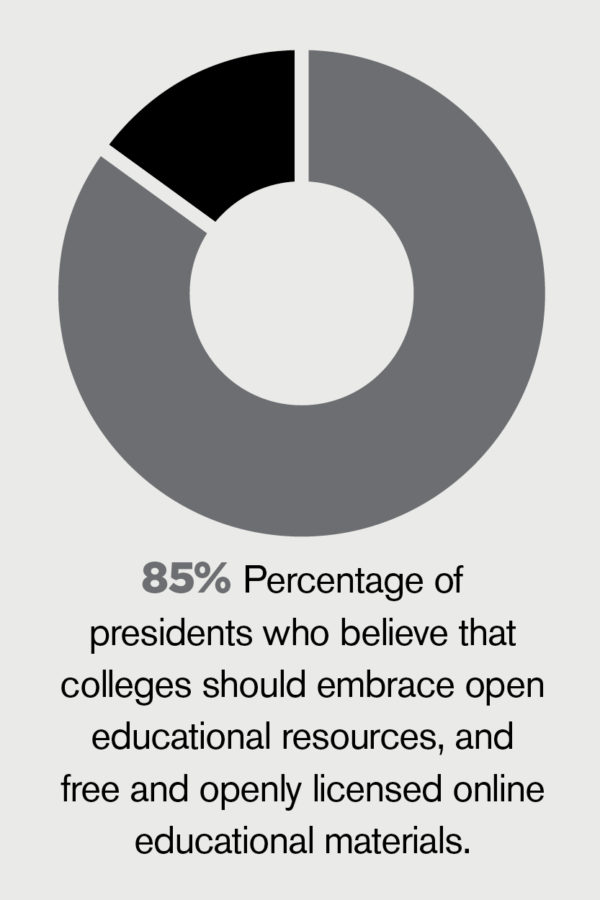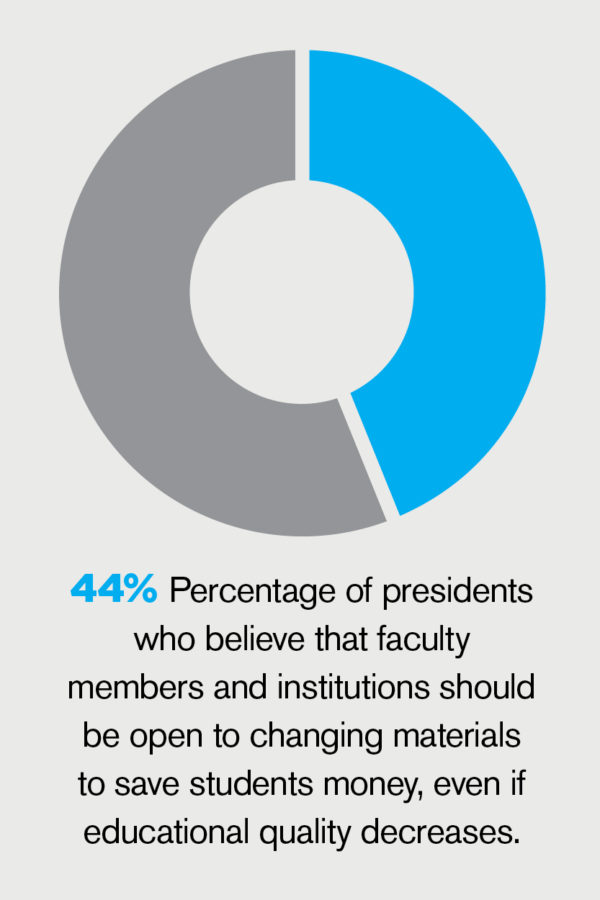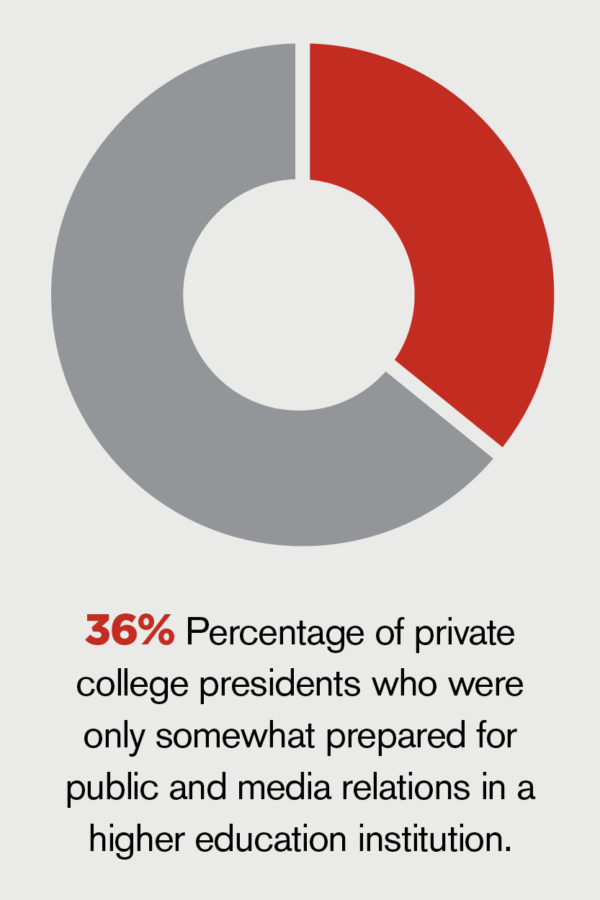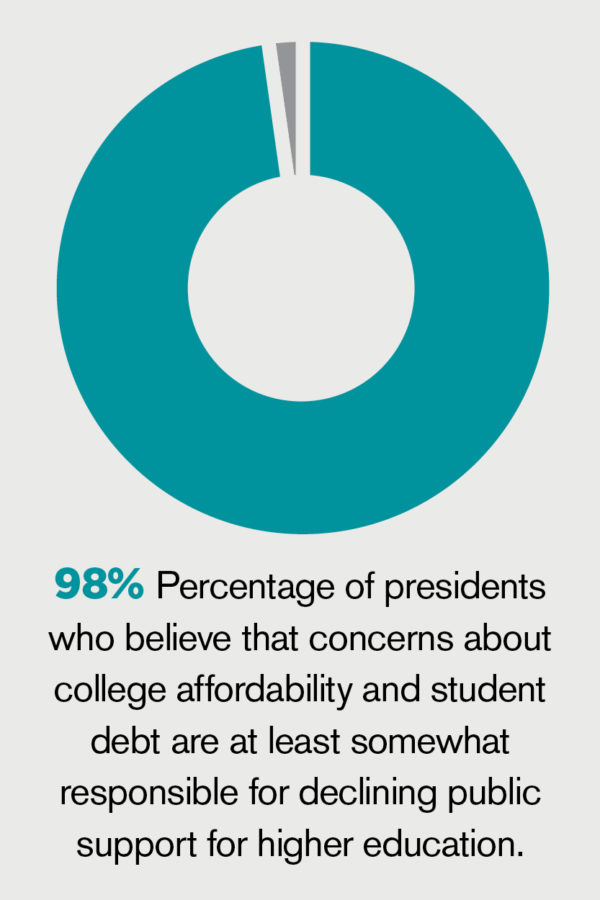Despite varying levels of uncertainty and confusion over energy policy changes from Washington—from President Trump’s withdrawal of the U.S. from the Paris Climate Accord in June 2017 to the more recent imposed tariffs in late January 2018 on overseas solar cells and panels—many industry experts seem mostly unfazed. That may be for no simpler reason than the fact that the renewable energy train has left the station.
Gathering Momentum
A survey conducted in December 2017 of more than 600 electric utility executives in the United States and Canada indicates plans remain in place for more wind and solar installations and grid modernization to accommodate increases in renewable power generation.
According to Utility Dive’s 2018 State of the Electric Utility Survey, high percentages of respondents anticipated either “moderate” or “significant” growth in utility-scale solar (92 percent) and utility-scale wind (77 percent) compared to natural gas (55 percent), which dropped from 72 percent in 2016.
Energy storage is also top of mind, with 90 percent of respondents expecting moderate or significant growth in distributed generation and storage, and 85 percent in grid-scale energy storage. And, the growing popularity of utility-scale solar is widespread across the country and continent, with more than 80 percent of respondents from each region expecting healthy growth for that sector.
Potential Derailments
That’s not to say utilities are fully confident in the current direction for energy markets. Whereas there seemed a clear trajectory toward clean power and emissions reduction targets by the end of the Obama administration, since Trump took office, rollbacks of EPA regulations on pollutants including carbon and methane and the push for market reforms benefitting coal have raised uncertainty for utilities about the impacts of market conditions and regulations on their shifting power mix—from 12 percent of utility executives expressing uncertainty in the 2016 survey to 39 percent in 2018.
More concerning than the policy and regulatory environment, however, are a number of operational issues, including system reliability and grid infrastructure. Top of mind for the past two years running are concerns about security and cybersecurity, with 81 percent of respondents to the 2018 survey indicating the immediate importance of this factor to their companies, up from 72 percent in 2017. Among the steps respondents say their companies have taken include educating employees on how to avoid cyberthreats (87 percent); modernizing IT and grid control systems (80 percent); developing a companywide cybersecurity strategy (79 percent) and implementing a breach response mitigation plan (61 percent); and appointing a chief security officer (65 percent).
KARLA HIGNITE, New York City, is a contributing editor for Business Officer.
A new report by Richard Pitt, a sociologist at Vanderbilt University, Nashville, studies the multiple-majors phenomenon. Having studied this trend with colleague Steven Tepper, a fellow sociologist at Vanderbilt, he concludes that, “The rise of double majors is perhaps the most significant trend in the curricular lives of students in the last decade.”
The report, Double Majors: Influences, Identities, and Impacts (Vanderbilt University, 2018), looked at 1,760 students at nine institutions and noted the following:
Many students report that their double major combination (especially if two disparate domains of knowledge were involved, such as science paired with the humanities) helped them think differently, solve intellectual puzzles, and approach assignments more creatively.
- Students who study double majors are not overextended. Rather, Pitt explains, they are classic “do more, do more” students.
- Compared to those with a single major, students with multiple majors are more active in extracurricular activities, more likely to attend outside lectures, and more eager to work with faculty on research.
“Integrative thinking is increasingly recognized as essential to solving 21st century problems,” says Pitt, “such as long-term poverty, global climate change, and public health challenges.”
“The ‘Faculty War’ of 1832 … was a struggle for governance over the tiny Indiana College [now Indiana University], with a student body of two dozen, pitting the two-person faculty against President Andrew Wylie.”
—200: The Bicentennial Magazine (Indiana University, 2018)
Fast Fact
Top Countries for Higher Education
Universitas 21, a global network of research-intensive universities, recently released its annual ranking, assessing national higher education systems. The report shifts the discussion from ranking of the world’s best universities, to those of the best overall systems in each country.
Developed as a benchmark for governments, education systems, policymakers, and individuals, the report highlights the importance of creating strong conditions for higher education institutions to (1) contribute to economic and cultural development, (2) provide a high-quality experience for students, and (3) assist institutions to compete effectively for overseas applicants.
This year’s top five countries are the United States, Switzerland, the United Kingdom, Sweden, and Denmark. The only change from the 2017 list is an inversion of Denmark and Sweden’s positions.
New Ways to Network
The College of Media, Communication, and Information (CMCI) at the University of Colorado takes seriously the idea that networking and mentoring help connect students before and after they arrive in a new department. CMCI “ambassadors” are students who serve as liaisons between prospective students, parents, and the university.
Ambassadors, both paid and volunteer, promote CMCI and provide connections between prospective and current CMCI students, staff, faculty, alumni, and donors through informational and outreach events. They also assist the college’s communication team with content aimed at prospective students.
![]()
By The Numbers
2018 Survey of College and University Presidents
Sources: Inside Higher Ed and Gallup, 2018 Survey of College and University Presidents




